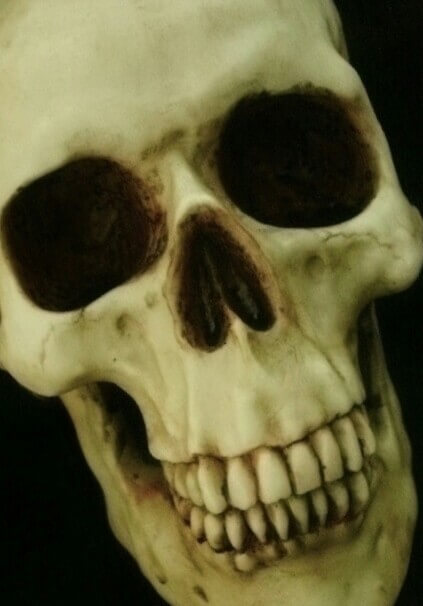Biologist Jessica DeRubeis briefly discusses the life of sideshow performer Eli Bowen. Then, she goes on to explain the extremely rare congenital disorder called phocomelia in great detail.
Who was Eli Bowen?
Eli Bowen, frequently known as “The Legless Wonder”, was an American acrobat who turned his medical disability into a lucrative living. One of eight siblings, Eli was born with a congenital abnormality in which the bones of his legs did not form correctly and his feet grew directly from his torso. This condition is known as phocomelia.
His siblings, all born without birth defects, supported their brother through his difficult developmental journey. Eli taught himself to walk upside down on his hands as a way of moving on his own – this led to his eventual interest in acrobatics. He joined the circus when he was just thirteen years old. At 26, he married a woman named Hattie and together they had four healthy children. Eli worked as an acrobatic showman at the circus for more than sixty years before he passed away in 1924.
What is phocomelia?
Phocomelia is a rare birth defect that is still not well understood. Scientists have discovered a genetic component to phocomelia that results in transmission within families. The gene sequence responsible has been located on chromosome 8 and is classified as an autosomal recessive trait; this refers to the manner in which a trait is passed on from parents to their children.
Individuals with phocomelia suffer from malformed limbs as a result of missing or underdeveloped bones. The condition can include upper and lower limbs, though it more frequently affects the arms. Depending on the severity of the underdevelopment, phocomelia can manifest in a variety of ways. Some people may be missing only a segment of their upper or lower limb leaving them with a shortened, but somewhat functional appendage. Others, like Eli, can be missing the limb entirely causing the hand or foot to be attached directly to the torso. If all four limbs are affected, the condition is termed tetraphocomelia.
Along with the outwardly obvious manifestations of phocomelia, there are a number of internal abnormalities that can be associated with the condition as well. These include underdevelopment of other bones, including the pelvis, facial bones, and skull. Malformations of the kidneys, heart, and uterus can result in decreased fertility, chronic illnesses, and reduced lifespan.
Jesus Guadalupe
Footage From YouTube
Jesus Guadalupe uses his condition to his advantage. He is a street drummer who was born with phocomelia. Guadalupe plays drums on buckets, and performs with a T-Rex mask on.
How is phocomelia passed on?
Autosomal recessive inheritance of a trait can result in one of three possibilities: an unaffected child, a carrier child and an affected child. When someone is a “carrier” for a trait it means that one of their genes is mutated and the other is not. In the case of autosomal recessive inheritance, the mutated gene is recessive, meaning it is not expressed. When paired with a dominant gene, the mutated gene will not be expressed – the individual will be a carrier.
When both parents are carriers for a specific mutation, there is a chance they can pass it on to their children. 25% of the time, the offspring will get a dominant gene from the mother and a dominant gene from the father resulting in a normal offspring with no mutated genes. 50% of the time, the offspring will inherit one dominant gene and one mutated gene. These children are carriers, but are otherwise unaffected. The remaining 25% of the time, the child will inherit a mutated, recessive gene from both the mother and the father. Since no dominant gene is present, the mutated gene will be expressed and these offspring will be affected.
Why does phocomelia look familiar?
Phocomelia is sometimes referred to as pseudo-thalidomide syndrome as the symptoms closely mimic those of babies exposed to thalidomide. In the 1950s, thalidomide was a drug used to help with nausea and morning sickness in pregnant women. Unfortunately, the drug was teratogenic – it caused defects to the growing baby. Babies born to women who took thalidomide during their pregnancy were frequently born with foreshortened limbs, most often both arms. In the case of Eli Bowen, he was born over 100 years before thalidomide became available. This fact prompted scientists to further investigate the genetic component of Eli’s condition. The term phocomelia was not coined until twelve years after his death.
Does phocomelia still exist today?
Thanks to advances in molecular embryology, scientists have isolated the exact time frame during which the limbs are most sensitive to phocomelia. Highest sensitivity was found between day 24 and 33 for the upper extremities and between days 28 and 33 for the lower extremities. Today, phocomelia affects approximately 0.6% of live births and many individuals born with the condition go on to lead successful lives with the help of surgery and prosthetics.





